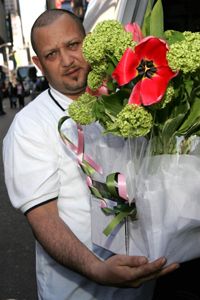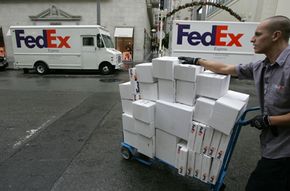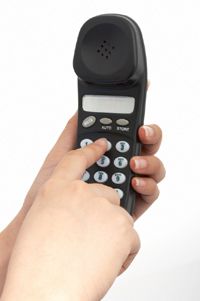In 1967, AT&T rolled out the first 1-800 toll-free numbers. In the United States, these numbers are known as toll-free, in the rest of the world, they're known as freephone numbers.
Since toll-free numbers were introduced, the demand for the service, basically a call-forwarding plan that reverses charges to the called party, has soared. As of February 2008, there were more than 24 million working toll-free phone numbers in North America. In 1996, as the supply of 1-800 numbers became exhausted, 888 toll-free numbers were introduced [source: SMS/800]. Today, toll-free numbers can have 800, 888, 877 and 866 prefixes. All these numbers work in exactly the same way. When the 866 prefix is depleted, the 855 prefix will be rolled out.
Once you dial local or international toll free numbers, the Service Switch Point (SSP) in the telephone network recognizes it as toll-free by its 800 prefix, prompting it to query the Service Control Point (SCP) that has the routing instructions the weight-loss center (the toll-free subscriber) requested. In the example above, the instructions were to route all calls to the Virginia Beach office and charge that number for the call. Just like that, the call is completed. [source: SMS/800].
Why are toll-free numbers so popular? A memorable toll-free number can serve as a primary source of advertising and marketing. Construction company Asphalt Sources, Inc., for example, reduced its annual advertising costs by more than $27,000 by downsizing its Yellow Pages ad and leasing a 1-800 number. As a result, it reported an increase in profitability and incoming calls [source: Asphalt Contractor, March 2006].



